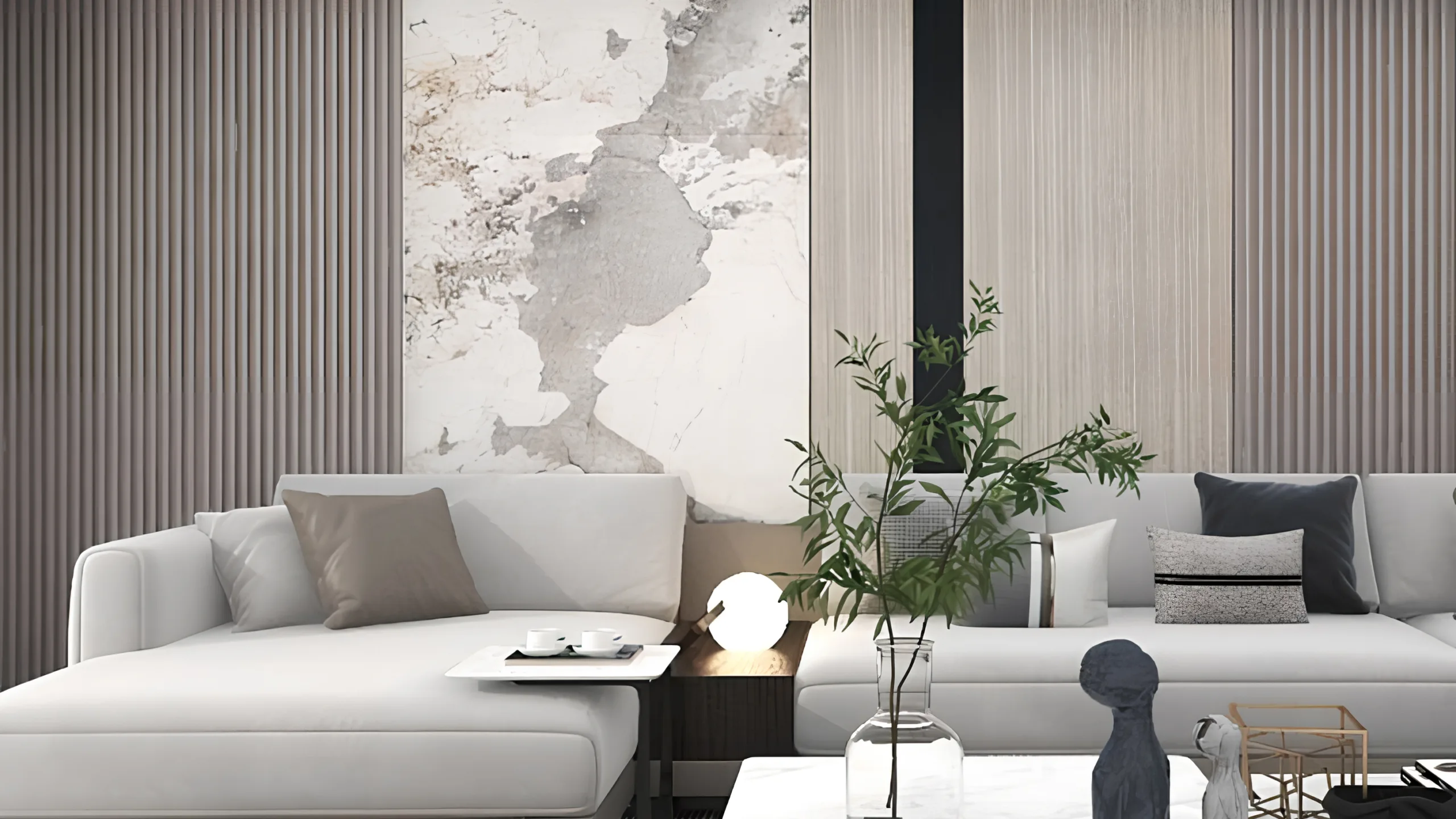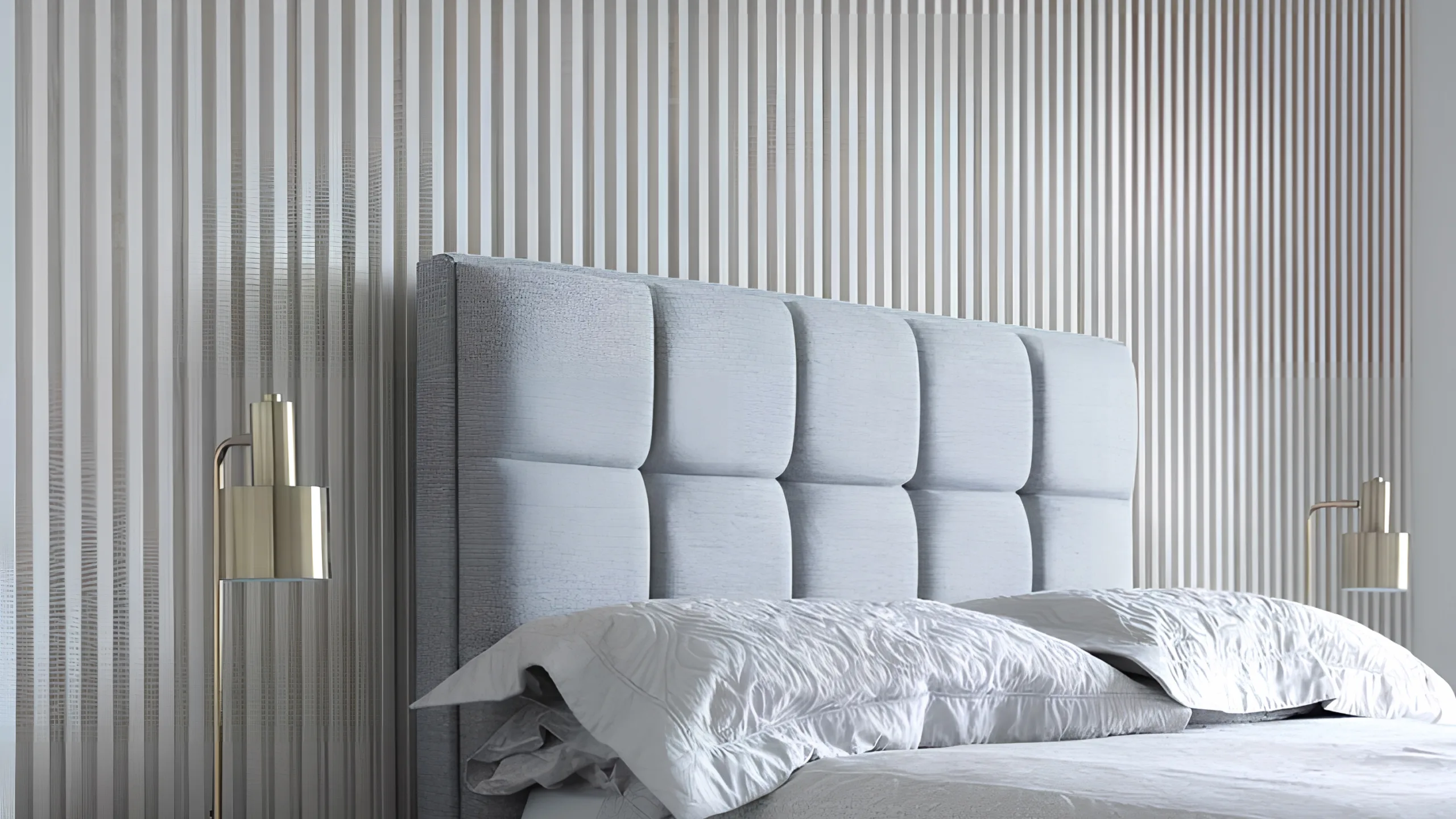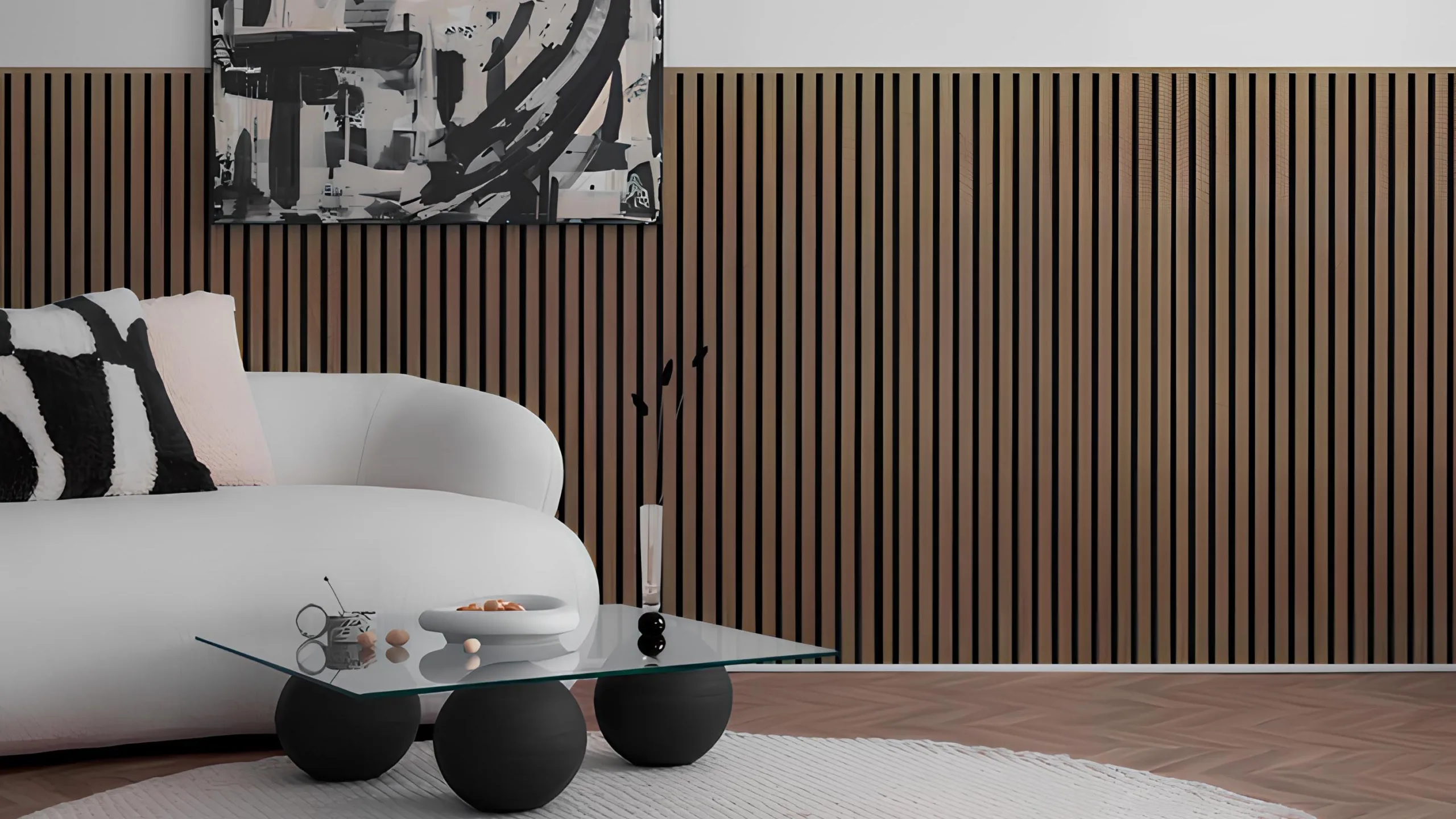When it comes to enhancing the acoustic properties of a space, soundproof panels are often a top consideration. However, a common query is whether these panels function effectively in both directions. This guide aims to demystify the functionality of soundproof panels, exploring their uses, benefits, and the principles behind their operation.

Uses and Benefits of Soundproof Panels
Soundproof panels are designed to address audio issues by improving sound quality, reducing noise levels, and enhancing clarity within a space. They are ideal for environments where optimal sound conditions are crucial, such as recording studios, home theaters, and office spaces. The panels work by absorbing and dampening sound waves, which contributes to a more controlled acoustic environment.

Design and Composition:
Soundproof panels typically consist of a dense core material covered by a fabric or perforated layer. The core material, often made from high-density fiberglass or recycled polyester fibers, is crucial for absorbing sound waves. This exterior layer allows sound to penetrate the panel, reaching the core where it is absorbed and minimized.
Bidirectional Use:
In theory, soundproof panels can be effective from both sides if they are designed symmetrically. This means that the sound absorption properties are inherent to the material itself and are not dependent on the direction of the sound waves. Therefore, if the panels are not fabric-wrapped or have specific directional features, they should theoretically work equally well from either side.
Practical Considerations
While the material composition of soundproof panels supports bidirectional use, practical implementation might differ based on the following factors:
Aesthetic Design:
Panels designed with a particular aesthetic on one side might not be reversible. This can limit their placement based on visual considerations, not acoustic efficacy.
Structural Design:
Some panels are constructed with a specific front and back, where the back may be designed for mounting and not intended to be exposed. In such cases, flipping the panel might not be feasible.
Installation and Orientation:
The effectiveness of a panel can also depend on how it is installed. If panels are meant to be installed with a specific orientation towards the sound source, reversing this could potentially reduce their effectiveness.
Recommendations for Optimal Use
To ensure that soundproof panels perform effectively, whether they are bidirectional or not, consider the following tips:
Proper Installation: Ensure that the panels are installed according to the manufacturer’s instructions, paying attention to the recommended orientation and mounting procedures.
Aesthetic Integration: If the design is a consideration, choose panels that complement the room’s décor and install them in a manner that enhances the visual appeal.
Acoustic Testing: After installation, conduct tests to assess the acoustic improvements and adjust the panel placement as necessary to optimize sound quality.
Conclusion
In conclusion, while soundproof panels are designed to absorb sound from any direction theoretically, practical factors such as the panel’s construction, design, and installation may affect this capability. It is important to consult with manufacturers or acoustical professionals to understand the specific properties of the panels you are considering and to ensure that they meet your soundproofing needs effectively from both directions.
Related Products

Chinese manufacturer providing high quality and stable price of wpc wall cladding

Chinese manufacturer providing high quality and stable price of composite exterior wall panels

Supplier of exterior wall panels with stable quality and Right Price

Supplier of outdoor wall panels with stable quality and Right Price

Provide you with high quality and competitively priced wpc decor panel







